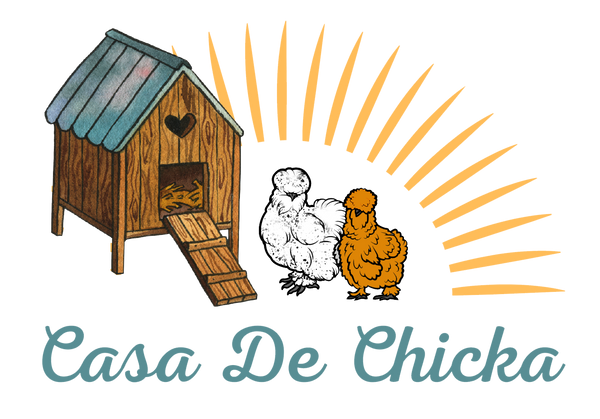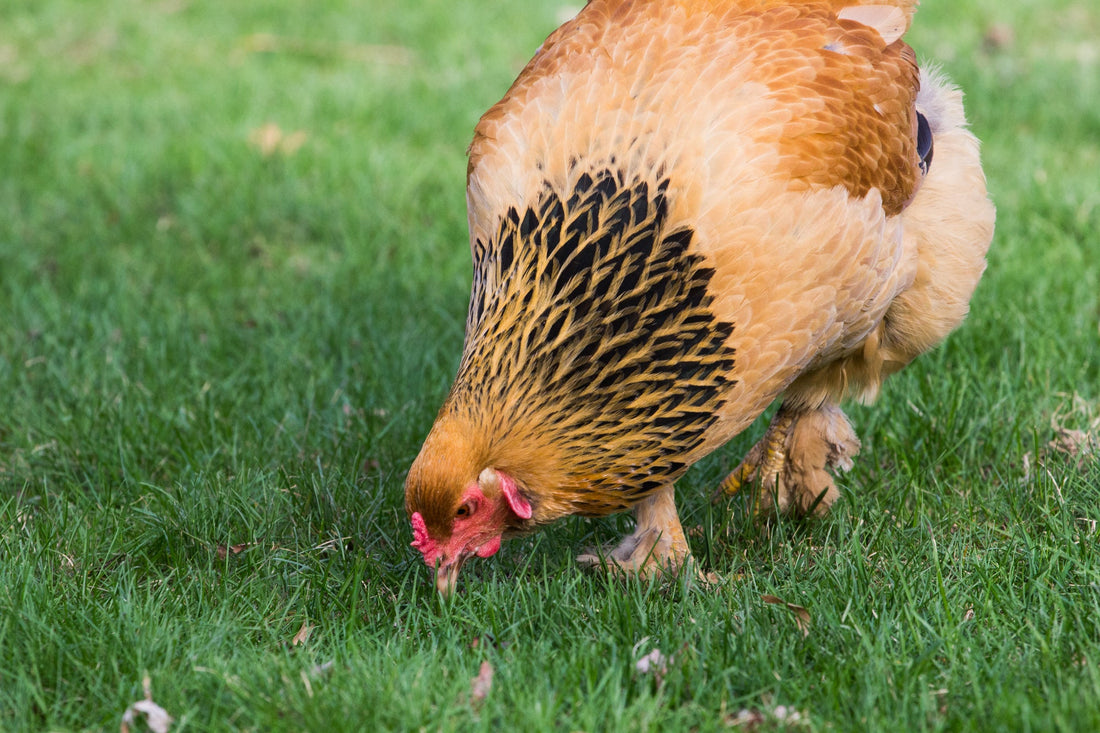The Hidden Hurdle in Chicken Care
When embarking on the journey of raising backyard chickens, many enthusiasts dream of fresh eggs, the gentle hum of clucking hens, and the simple joy of connecting with nature. However, nestled within this idyllic vision lies a less discussed, yet critical aspect of chicken care: the prevention and management of crop impaction. This condition, often overlooked, can pose a significant threat to the health of your feathered friends. Understanding its nuances is not just beneficial—it's essential for ensuring the well-being of your backyard flock.
What is Crop Impaction?
The crop is a key component of a chicken's digestive system, serving as a holding pen where food is softened before continuing its journey to the stomach. Crop impaction occurs when this pouch becomes blocked with undigested material, creating a bottleneck that prevents food from passing through. This can lead to discomfort, malnutrition, and, if not addressed, serious health issues or even death. Recognizing the signs of this condition early can be the difference between a minor hiccup and a major health crisis in your coop.
The Telltale Signs
Identifying crop impaction in its early stages is crucial for the timely intervention. The most obvious symptom is a swollen, hard crop that remains full even after the chicken has not eaten overnight. Affected chickens may show signs of distress, such as lethargy, loss of appetite, and a noticeable decrease in egg production. They might also exhibit unusual behavior, such as stretching their necks frequently, in an attempt to clear the blockage. Observant chicken keepers can spot these red flags with regular health checks and by keeping a close eye on their flock's behavior and eating habits.
The Culprits Behind the Condition
Understanding what causes crop impaction is the first step in prevention. The condition can arise from a variety of factors, including the ingestion of long, fibrous materials like grass or hay, which are difficult for the chicken to grind down and digest. Lack of access to grit—a chicken's natural grinding aid—can exacerbate the problem, as can an overly dry diet or the consumption of foreign objects, such as plastic or string, mistaken for food. Being mindful of these risks can guide chicken keepers in creating a safer, healthier environment for their birds.
The Prevention Protocol
Preventing crop impaction involves a multifaceted approach, focusing on diet, environment, and routine health checks. Providing a balanced diet that includes access to plenty of fresh water and grit can help ensure that food moves smoothly through the crop. Keeping the coop and surrounding area clean and free of potentially hazardous materials can minimize the risk of chickens ingesting harmful objects. Regularly observing your chickens' eating habits and body condition plays a critical role in early detection and prevention of crop impaction.
First Response: Initial Solutions
At the first sign of crop impaction, chicken keepers can take several steps to attempt to alleviate the condition. Gently massaging the crop can sometimes help break up the impaction and stimulate movement. Offering olive oil or water mixed with apple cider vinegar can also aid in softening the impacted material. However, these home remedies should be approached with caution, as improper handling can lead to aspiration or worsening of the condition. If initial attempts don't yield improvement, seeking veterinary assistance becomes imperative.
The Role of Professional Care
When home remedies fail to resolve crop impaction, professional veterinary care is the next course of action. A veterinarian can provide a precise diagnosis and may employ treatments such as crop flushing or, in severe cases, surgery to remove the blockage. This level of intervention underscores the importance of early detection and the limitations of at-home treatments. Establishing a relationship with a vet experienced in avian medicine is a valuable component of comprehensive chicken care.
Recovery and Rehabilitation
Following treatment for crop impaction, the focus shifts to recovery and preventing recurrence. This may involve temporarily adjusting the chicken's diet to include easily digestible foods and ensuring constant access to water and grit. Monitoring the chicken closely during this period allows for the observation of any signs of relapse or complications. Recovery also provides an opportunity to reassess and improve the overall care and management practices within the coop to safeguard against future health issues.
Education and Advocacy
Arming oneself with knowledge about crop impaction and sharing this information plays a vital role in the broader community of backyard chicken enthusiasts. Educational resources, workshops, and online forums offer avenues for learning and discussion, enabling chicken keepers to share experiences and advice. Advocacy for proper chicken care practices contributes to a culture of responsible and informed poultry management, benefiting not only individual flocks but the entire backyard chicken community.
A Healthy Flock is a Happy Flock
The health and happiness of backyard chickens are intrinsically linked to the knowledge and actions of their caretakers. Understanding the risks, symptoms, and solutions for crop impaction equips chicken keepers with the tools needed to navigate this challenge effectively. Through vigilant care, preventative measures, and a commitment to ongoing education, the journey of raising chickens can continue to be a rewarding experience, marked by the joyous clucking of a healthy, thriving flock.

